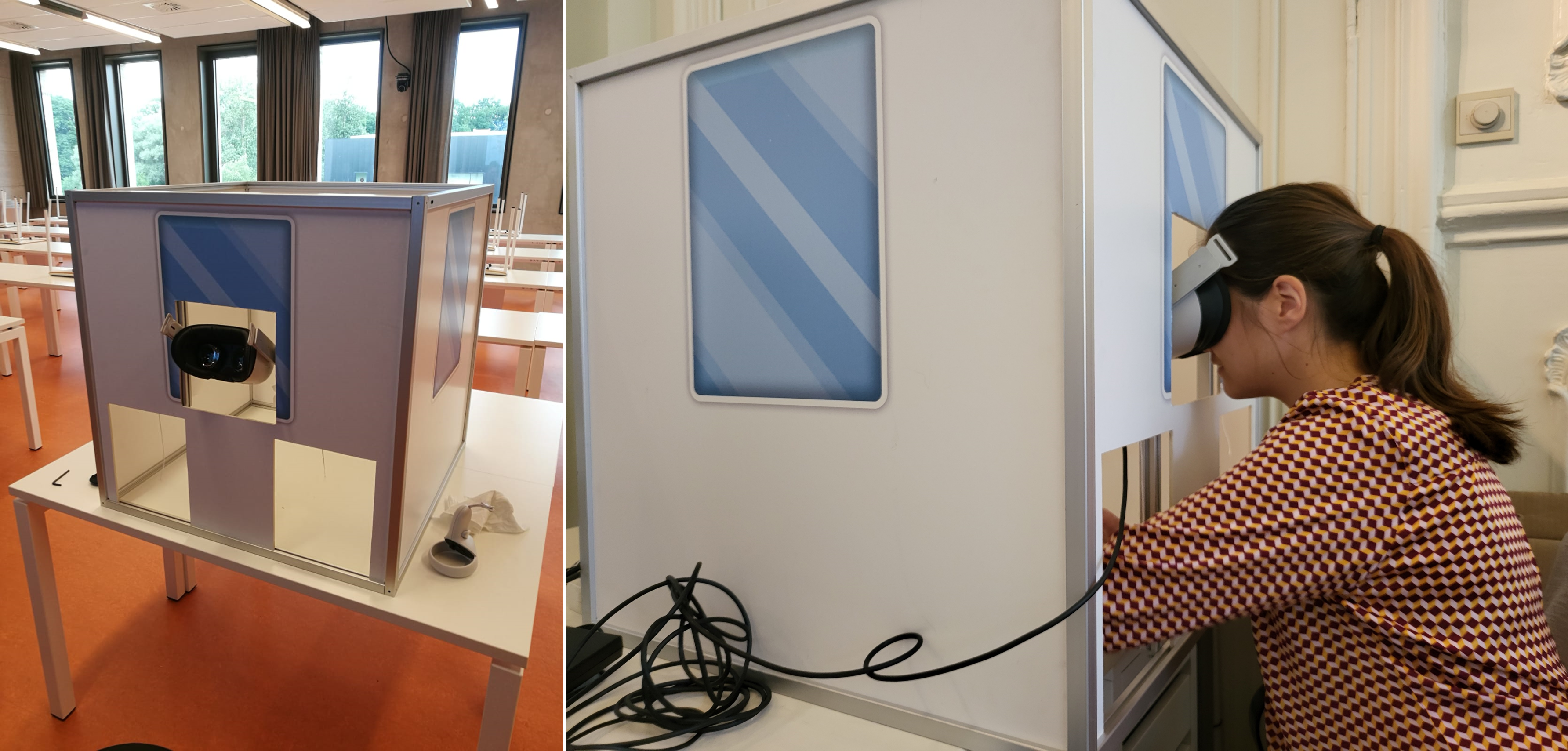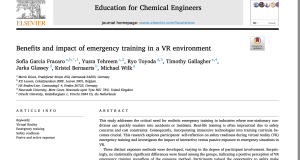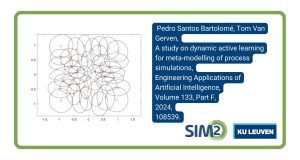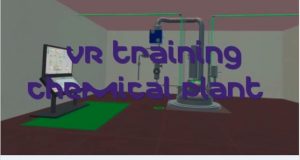Before working as a PhD student in CHARMING, I sometimes helped with physics outreach events. These outreach activities were organized by the institutes that me or my friends worked at the time. The concept of such an outreach activity was often simple: armed with several fun and surprising physics related experiments, a group of students, post-docs and supervisors showed these experiments to the broader public. It was always fun to take part in such an activity. Not only to show the experiment and share your own love for the topic to others, but also to observe the growing interest of the visitors themselves.
This type of outreach activities also formed the inspiration for my current work for CHARMING. Because, while it is nice to show science experiments to children in order to give them a glimpse of what chemistry can do, would it not be more fun if the children can actually perform and experience these experiments themselves?
The latter is not always evident to organize: often a large amount of supervisors and materials are necessary, and chemistry experiments are not always without danger. Virtual reality could provide a solution, since it can simulate an environment while giving the illusion of being present in the environment itself. In my research we are therefore looking how we can use this type of technology to give primary school children the opportunity to perform chemistry experiments in the classroom, without putting an extra burden on the teacher leading the class.
In order to make this happen, we are developing the CHARMING fume hood box [see picture 1], a portable, physical box with a virtual reality headset mounted in the wall that could be placed in the classroom. While looking through the headset, children can observe and interact with the virtual environment inside the box and perform chemistry related experiments in an autonomous manner by using their hands in the virtual world. [see picture 2]. When designing the box, we aimed to take into account the technical and practical limitations that a high end virtual reality headset brings in general, when used by children and when used in a classroom context. For example, we decided to place the headset in a frame, instead of on the player’s head, to reduce possible discomfort than may arise and to avoid extra help needed by the teacher in placing such a device correctly on the head. By making and testing these design choices, we not only aim to provide a pleasant, fun and easy to use experience for both the children and the teacher, but we also want to provide guidelines to help others who would like to bring such a chemistry VR experience for children to the classroom.
Two months ago we successfully performed our first test with end users. 5 children came by to test our setup and performed an experiment around material hardness. Based on their feedback, we will keep on improving the current prototype and the experience. Finally, we want to imbed this prototype in a larger primary school classroom activity to see if we can indeed use this prototype to bring virtual reality chemistry experiments into the classroom. And by doing so, we hope to bring this type of fun STEM relatedactivities a little bit closer to all children

Picture 1: [Left] An image of the CHARMING fume hood. It consists of an aluminium frame, cardboard sides and a VR headset mounted in the wall to provide an interface between the physical outside and the virtual inside. Additionally, a hole in the front wall below the VR-headset is provided to facilitate player interactions with the virtual environments. [Right] Image of the prototype in use.

Picture 2: [Left] An in-game screenshot of the current virtual environment. In this environment the children use a virtual hydraulic press to test material hardness of different samples (the colored cubes). [Right]: The player can use their hands to interact with the environment to examine material and their properties.






